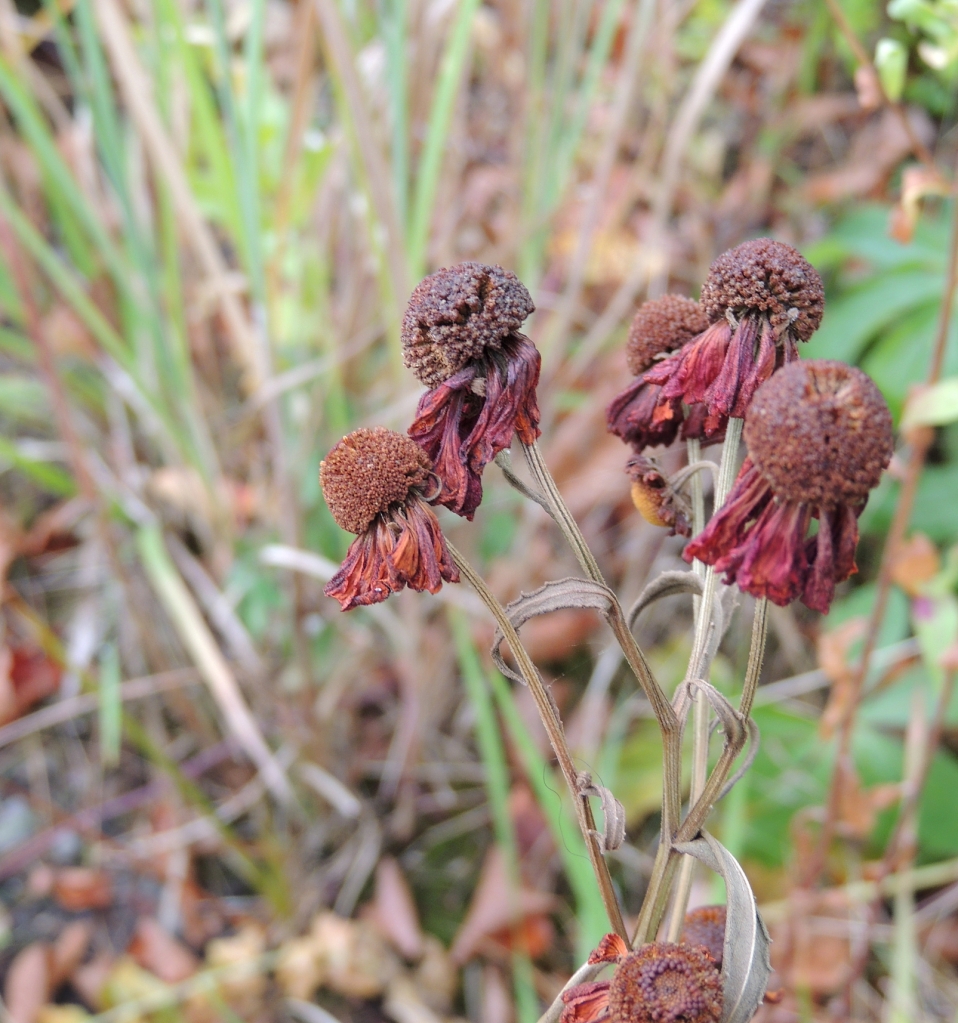
This is how much of the garden looks at the moment. It is the price of sustainability and is the face of summer-dry gardening. I have never completely got used to it, but I persist in hoping that the brown aesthetic will one day please me. Actually, I feel very pained when I see plants resorting to suicide tactics to preserve their root systems- but in another sense, I am keen to keep pushing to see what plants handle it better than others and I also rationally know that they will all be back in action next year none the worse. In many ways it is my own pride that I am fighting with, more than the natural survival tactics of unwatered gardens. And in the end, I do passionately believe that watering is a criminal waste of a scarce resource. See below for 3 weeks earlier- same plant.
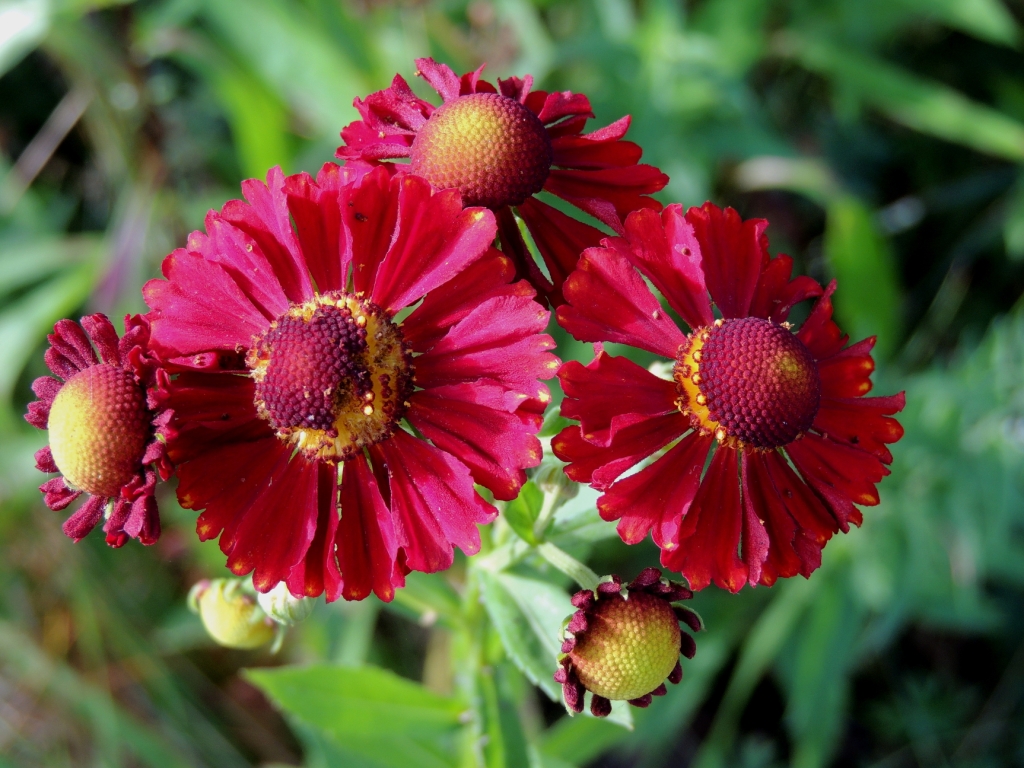
The terrible truth is that our summers have radically changed since we moved here almost 17 years ago. We used to have reliable cycles of brief but powerful summer storms that punctuated the heat of summer bringing heavy rain. Now, we still have storms but they are rain-free. And though temperatures have not been high until the last 3 weeks, there has not been any rain of any use since early June. We have had to dig around the septic tank to inspect it for conformity for the house sale, and the soil is dust way beyond a metre down. Vegetables being the main French gardening activity, it is the damage to the summer crops that is bothering Tostat gardeners.
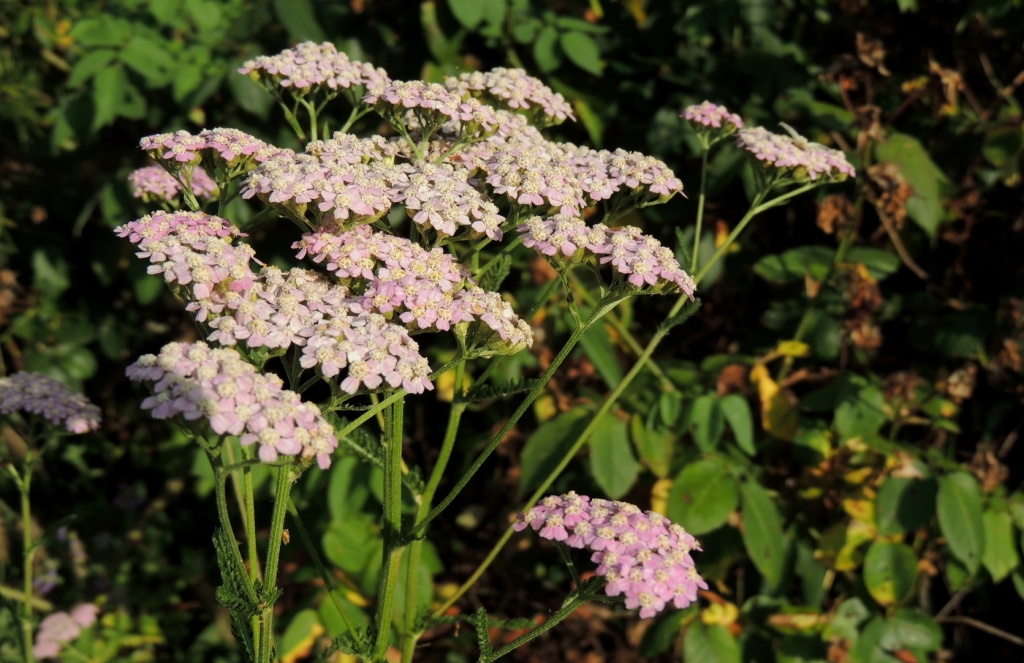
But there are rays of pleasure all the same. Achillea ‘Cerise Queen’ has been way too bleached away from her normal raspberry tones by the sun, but is gratifyingly flowering away all the same. And Bupleurum fruticosum, a Mediterranean stalwart, is looking very fresh despite the drought and is much appreciated by many greedy insects.

So, I am going to plan a garrigue-based garden for one of the areas of garden in our, hopefully all fingers crossed, new house. This will take a stony, ignored slope about 20m by 40m and push my understanding of how to work with full sun to a new level. I have always been very supported in plant choices by the work and books of Olivier Filippi, and so he will guide me through this next year. I can learn from him.
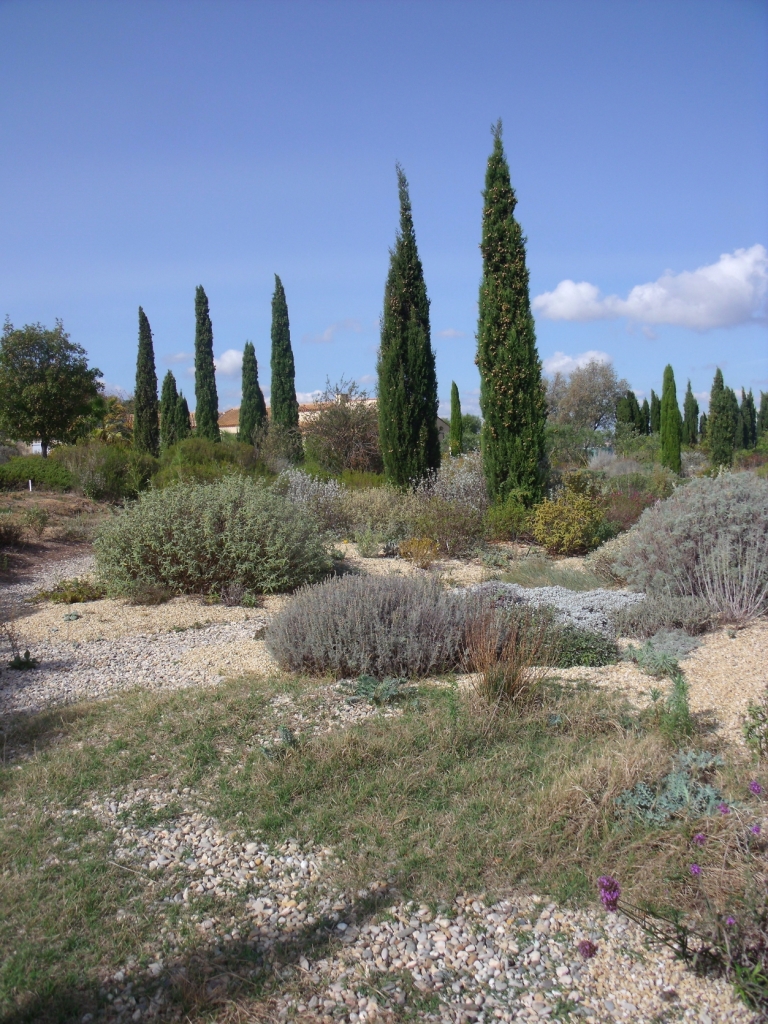
I had the luck of joining a French gardening club visit to the Filippi nursery and the private garden which he uses for experimentation. He has created a garrigue garden, which working with the soil conditions, makes a wonderful landscape of mounded shrubs and perennials punctuated by trees, both conifers and native Mediterranean tough trees. So I hope this will be my next challenge…
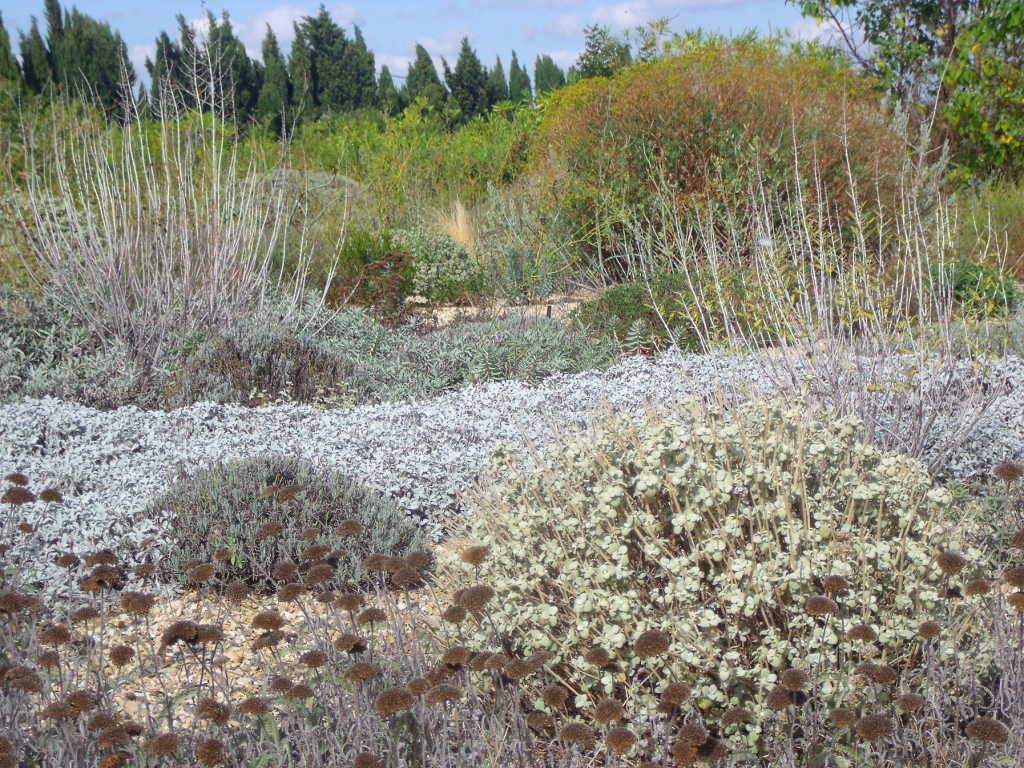
Back in Tostat, although they are now in a sorry state but hanging on, the hydrangeas, both paniculata and macrophylla, were looking pretty good till mid July. I am very fond of this one, though I don’t get the fragrance at all, Hydrangea paniculata ‘Great Star Le Vasterival‘ has a fine mix of of a flowerhead.
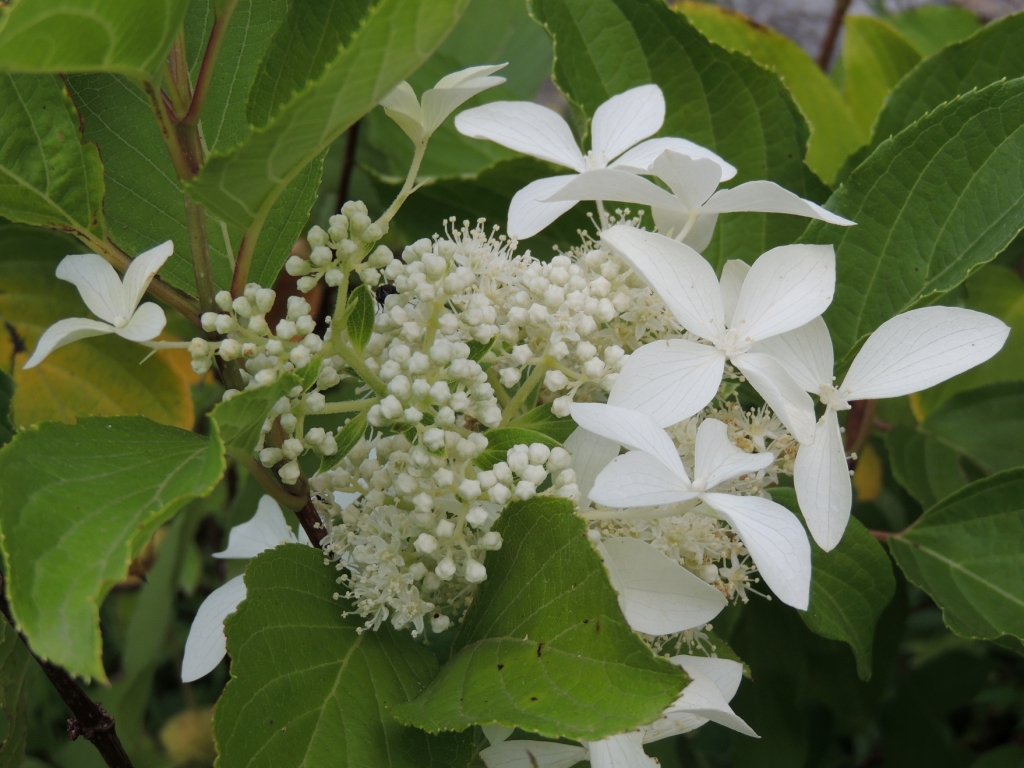
Mildew is always a problem with Monardas and dry conditions. But Monarda fistulosa is your answer if you want to grow Monardas in low water situations. A gorgeous shade of lilac-pink, and standing tall at over a metre, the heat will get it in the end, but for 3 weeks or so, you can really enjoy the statuesque flowers.
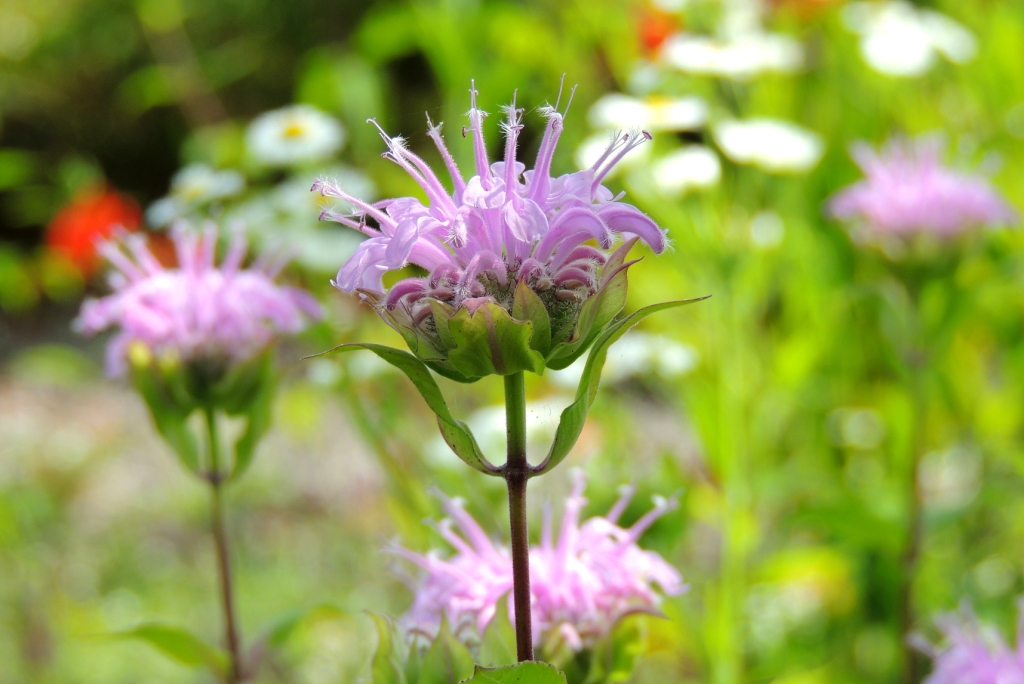

So, in the dryness and the heat, the plants in pots try their best to fill the gap. New to me, and a very tiny flower no bigger than my littlest fingernail, is Pelargonium abrotanifolium. Brush against the small plant and you are almost knocked out by the pungent odour, a very medicinal experience. But the flower is a miniature sweetie.
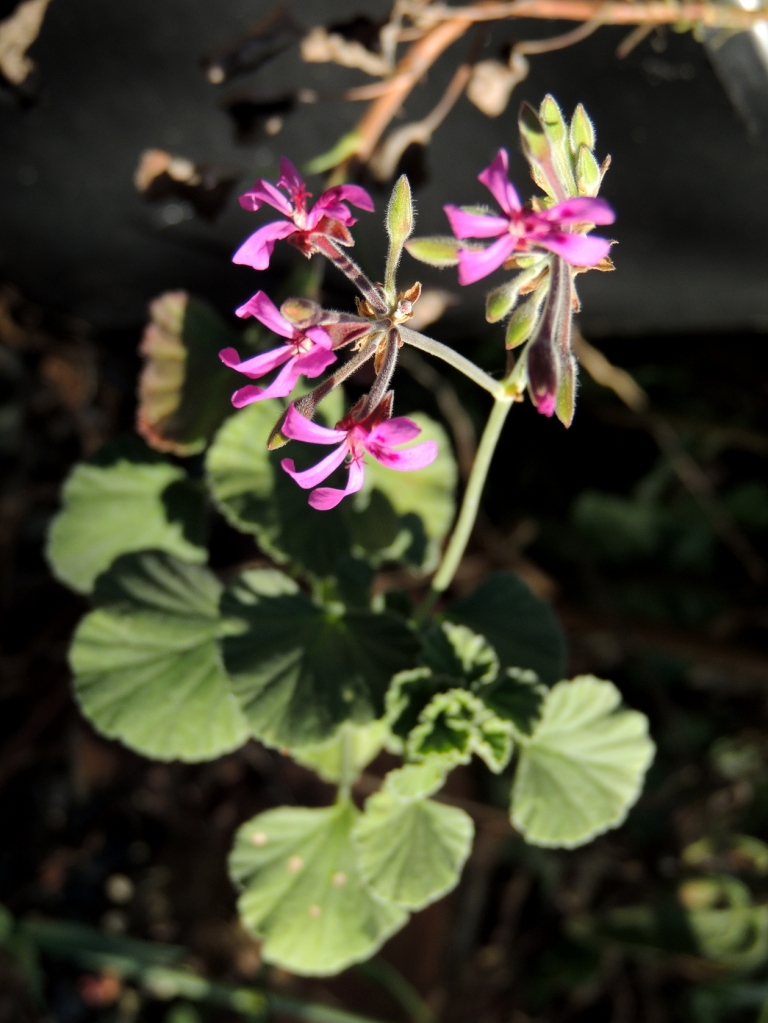
Similarly tiny, is Pelargonium sidoides. It should have dark black-crimson flowers, but mine has maybe got too hot and come out dark pink. However, I grew it from seed, so I am keeping it going no matter what, and it will be on the packing list.
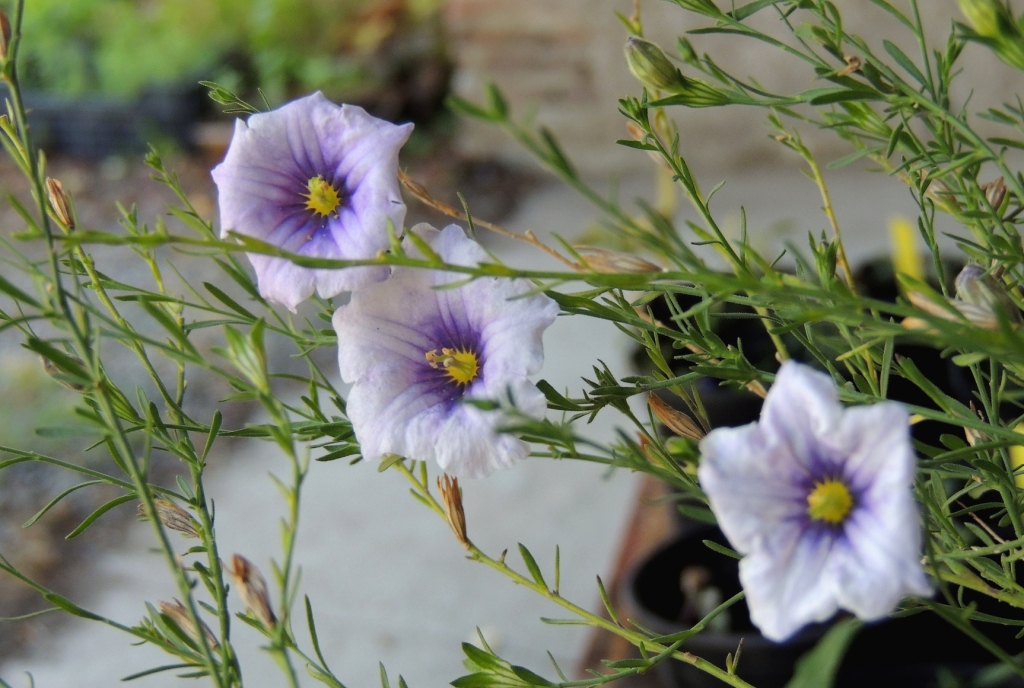
Now here is a plant that will be a good summer-dry doer, I think. Currently in a pot, so next year will tell, but I already really love the wispy, trailing foliage and especially the dark hearted pale lilac flowers which bloom in abundance. Nierembergia scoparia will get a proper road test next year.